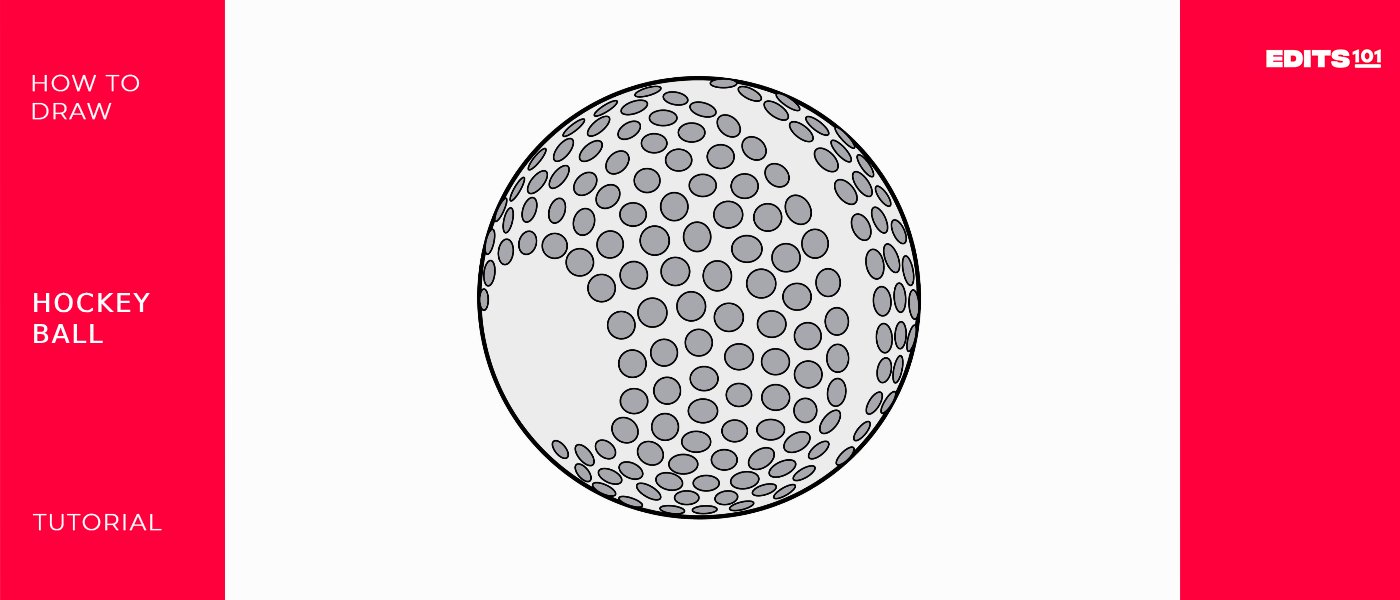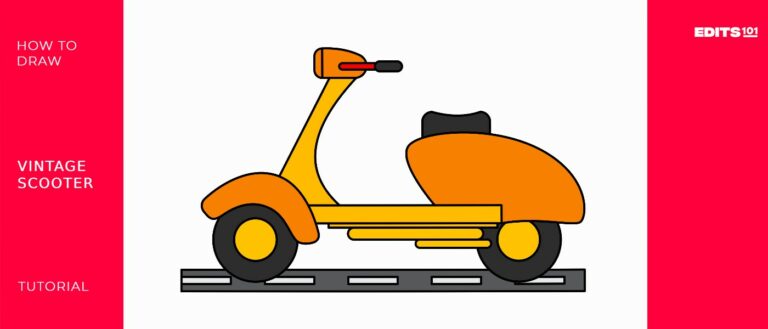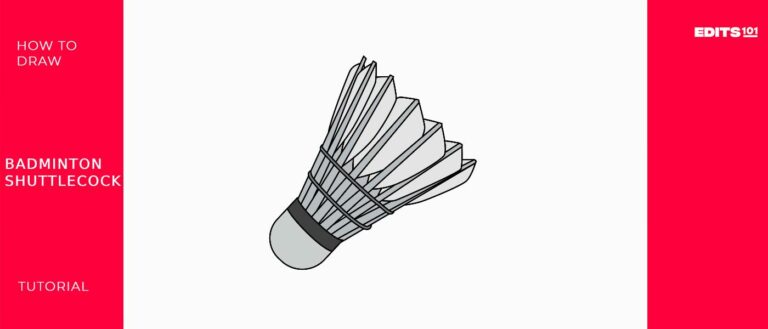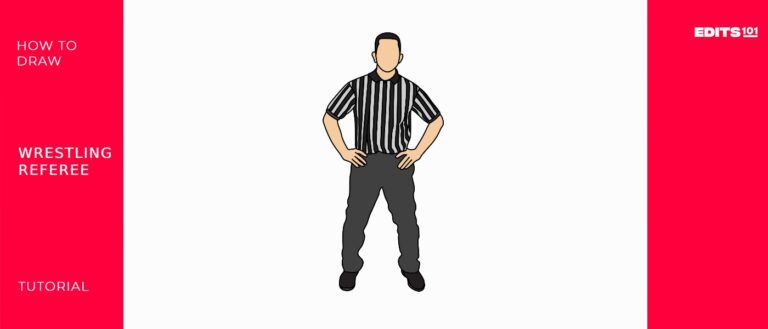How To Draw A Hockey Ball | A Very Simple Guide
A standard field hockey ball, used in field hockey matches, is a small, hard, and spherical object designed for durability and predictable play on the field. Typically measuring about 23 centimeters in circumference and weighing between 156 to 163 grams, the ball is constructed with a hard plastic outer shell to withstand the impact of sticks and play on the field. Its surface is dimpled, contributing to aerodynamic stability and controlling the ball’s trajectory.
The white color is standard for competitive matches, though variations exist for training purposes or adverse weather conditions. The ball undergoes strict regulation and certification processes by international governing bodies like the International Hockey Federation (FIH) to ensure adherence to standards.
| Steps | Complexity level |
| Draw the outline | 2 |
| Add details on the ball | 3 |
| Add background and color | 3 |
What You Will Need
- Drawing Paper
- Pencils
- Eraser
- Colors
- Patience and Enthusiasm
How to draw a hockey ball
The 2 steps in this guide will help you draw a hockey ball.

Step 1: Draw the outline
To illustrate a basic hockey ball, lightly sketch a simple circle near the middle of your paper using a pencil. Drawing a perfect circle is foundational in creating a realistic representation of a field hockey ball. To achieve this, use a compass or a circular template to ensure accuracy. Alternatively, if you’re freehand drawing, begin with a light pencil outline that captures the circular shape. You can also place a dot in the center of the page around where you want your circle, then place four drops around it( top, bottom, left, right). This primary circle serves as the base for the entire illustration.

- Draw a circle on the page.
Step 2: Add details on the ball
Field hockey balls are designed to be durable and maintain consistent performance on various playing surfaces. Regular inspections and replacements are conducted to address wear and tear, ensuring fair play and minimizing the impact of environmental conditions on the ball’s characteristics. Different variants, including brightly colored balls for visibility and those designed specifically for indoor play, cater to the diverse needs of players and match conditions. Understanding the specifications and standards set by governing bodies is crucial for players, coaches, and officials to maintain a fair and competitive field hockey environment.

The distinctive feature of a field hockey ball lies in its surface texture, characterized by small dimples. To replicate this, place numerous small circles within the central circle. These dimples should be evenly distributed across the entire surface, capturing the unique appearance of a field hockey ball. Consider the size and spacing of the dimples to maintain a natural and balanced texture.
- Place numerous small circles on the ball
Step 3: The hockey ball is ready
The hockey ball is ready to have a match. You did an excellent job. You created your hockey ball, and we’re sure you followed every instruction. You can use a marker to outline the drawing to make it stand out. To improve the appearance, we will remove the pencil marks after tracing.

The actual fun is about to start. We are going to improve and add authenticity to our drawing. Can you produce a more refined picture with your creativity and imagination?
Taking your hockey ball to the next level
Like any other skill, sketching requires practice. Set aside time each day to sketch, even if it’s only for a little while. Be mindful of your surroundings. This enhances comprehension of details, dimensions, and forms. You can start with the basics and work up to more complex topics. Experiment with different drawing tools like charcoal, colored pencils, watercolors, markers, and pencils. Every medium has unique characteristics that could help you identify your preferences.
You can also play with basic hatching, blending, shading, and cross-hatching techniques. Understanding these techniques will greatly enhance the complexity and realism of your drawings. When you’re drawing, use your imagination and try out new concepts.
Adding a Background
we will use a systematic strategy to create a background for the depiction of the hockey ball. The first step is to define the background’s form, which creates the environment in which the hockey ball will be placed. This basic form influences the illustration’s overall visual effect and storyline, as a canvas for later pieces. Contextual components like goalposts, hockey sticks, and players are added to improve authenticity and create a lively environment. With this phase, the drawing becomes a positive representation of a real hockey game, perfectly encapsulating the spirit of the game in motion.
The strategic addition of highlights and shadows draws emphasis to lighting dynamics. By blending the hockey ball into the background with such comfort, this phase upholds the ball’s relationship to the setting it is shown and adds realism. After that, dimensions and perspective are adjusted to maintain visual coherence, lining up object location and size to produce a believable composition. To ensure a polished and well-coordinated outcome, the last phase is a thorough evaluation and refinement of details and edges. This thorough procedure puts the hockey ball in perspective and enhances the illustration’s overall visual impact, turning it into a fascinating representation of hockey in a vibrant environment.
Adding Color
Adding color to the field hockey ball illustration involves a systematic approach to enhance the artwork’s visual appeal and realism. The initial step entails selecting a cohesive color palette that complements the theme and background setting, laying the foundation for a harmonious composition. The subsequent application of a base color to the field hockey ball, traditionally white, allows for establishing the primary appearance within the scene’s context.
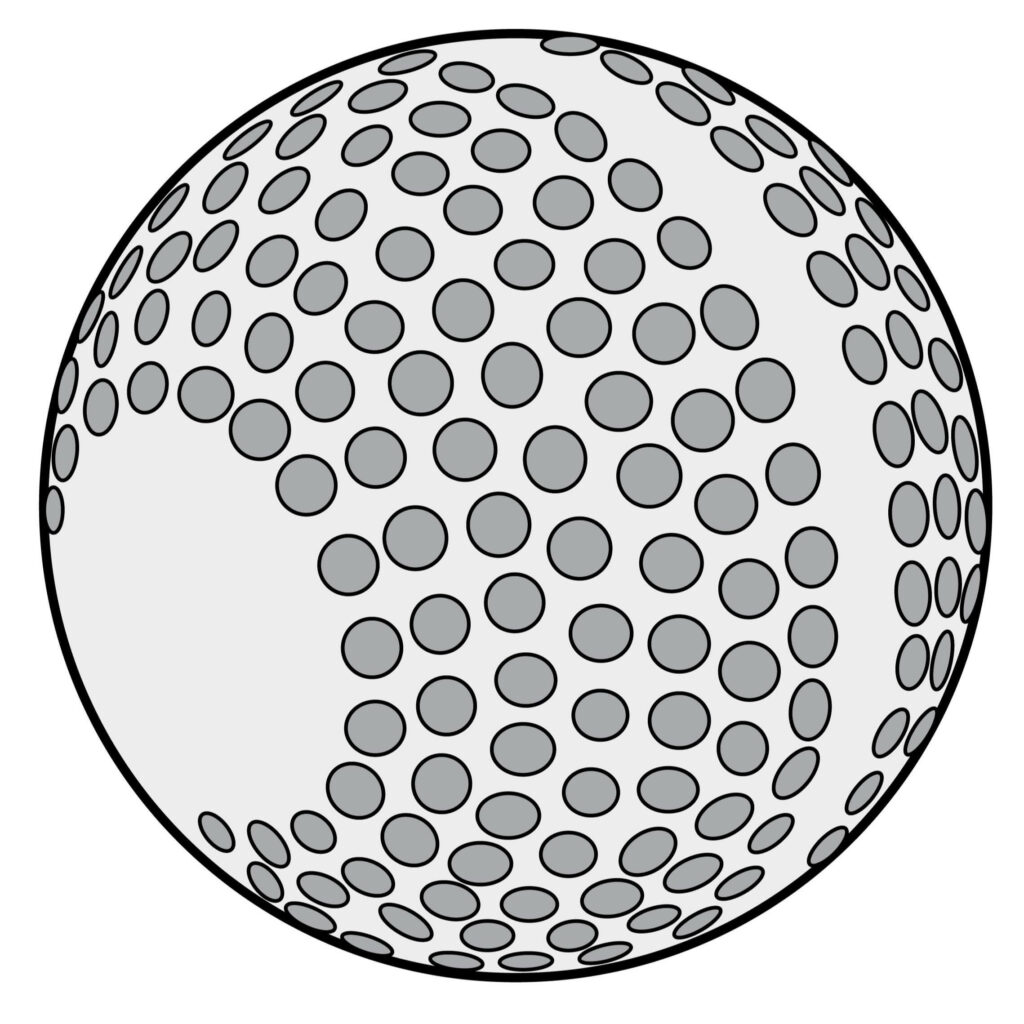
Introducing gradients and highlights follow, strategically mimicking the effects of light and shadow to create a three-dimensional effect, bringing the hockey ball to life. The extension of color application to the background ensures a unified visual narrative, harmonizing with the hues used for the ball. Final adjustments and attention to detail complete the process, refining color transitions and achieving a polished, cohesive result that elevates the overall visual impact of the field hockey ball illustration, capturing the dynamic essence of the sport in action.
Bonus Tips
Use very light initial construction lines, allowing flexibility before refining; Observe actual hockey ball surface details and proportions in photos for accuracy; Consider composition rule of thirds for balanced placement; Practice drawing organic shapes and textures for creative variety. You can use subtle shading gradients to portray dimension convincingly; Work cleanly with good pencil condition for dark consistency; Consider mixed media by incorporating marker, paint, or collage elements; Carefully color inside sketched lines for crispness. You can be playful, exploring innovative conceptual representations like a puck as an atom diagram. The possibilities for brainstorming creative ways to illustrate this small sports equipment object through imaginative drawing approaches are unlimited!
Conclusion
Learning the simple steps to draw a basic hockey puck shape provides aspiring artists and sports fans with an easy, engaging, creative activity. Begin by gently sketching a central circle, keeping outlines light. Build up small surface details like bumps and cracks for added realism. Integrate color, background context, and your vision to take the artwork to the next level. The finished result will be a unique illustrated puck that shows off your blossoming artistic talents and appreciation of hockey fundamentals.
Drawing sports objects like pucks makes for satisfying practice mixed with sports admiration. Work to master proportion and texture accuracy gradually through careful observation skills. And remember, drawing should be fun! Maintain an experimental mindset and don’t worry about perfection. Follow this guide’s key points and embrace your imagination to artistically bring hockey’s essence to life one mark at a time.
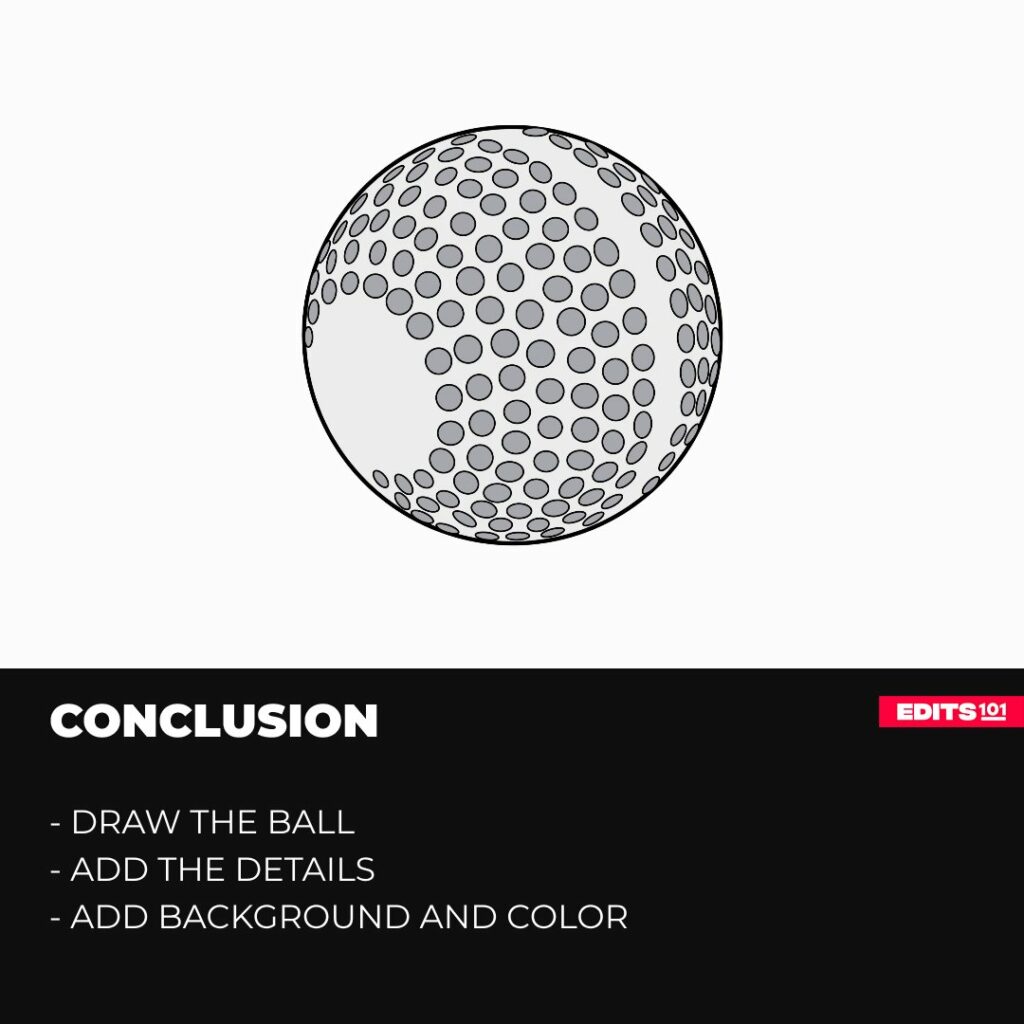
Thanks for reading & feel free to check out more of our articles!
Author Rating
Overall Rating
Summary
Learn how to draw an hockey ball is two simple steps. You will also learn how to advance your drawing so that it looks amazing.

